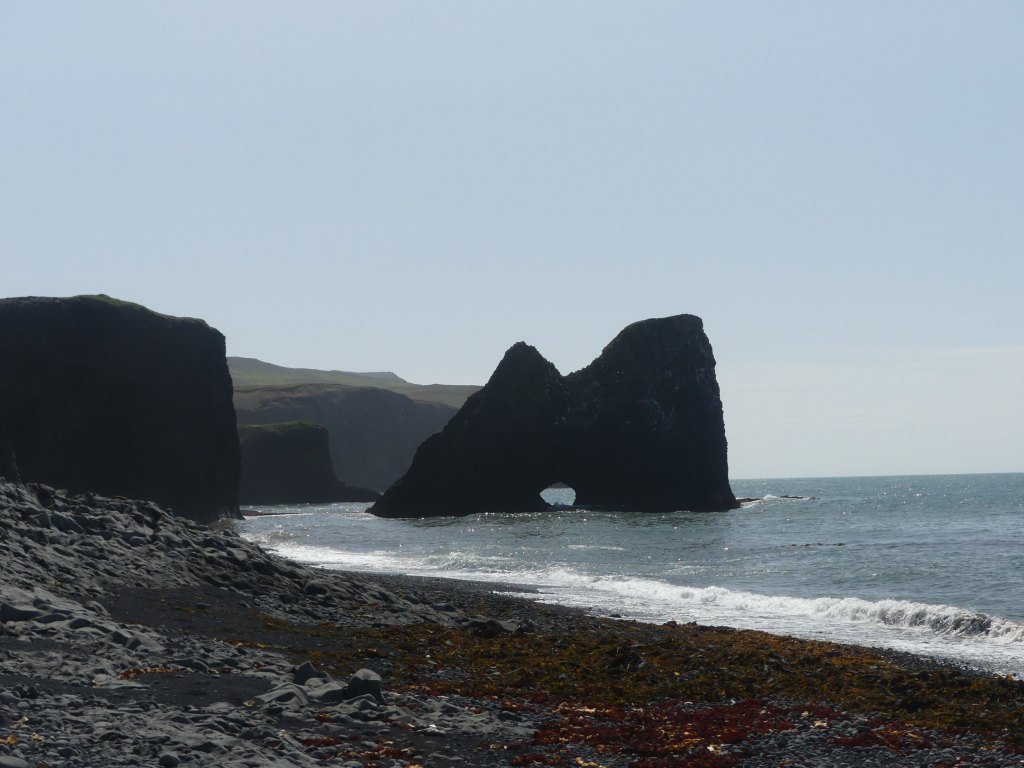Gunnar argued for the independence of Iceland during Germany’s military struggles of the 1940s, on the principle that the land is written in the chain-linked patterns of the Icelandic sagas, with the suggestion that the Icelanders wrote the sagas in response to the chain-link rhymes of the land.

Grundarfjördur
His observation is obvious. Equally obvious is how poor a tool such observations are for deflecting a military conqueror. Less obvious is the point that when you are from the land and have nothing and yet have to do something, you use what you have. Still, the approach has its dangers. It might stress one form of pattern, for instance, but it obscures another. So, let’s look at Gunnar’s saga again. This time, note the story of trolls and ogres written in the rock.

Gunnar was a humanist, a twentieth century man. This tale of ogres and epic battles is one he could have told as well, including how it generates the water of life as cold passes into warmth. That he didn’t is an example of how writers adapt to their audience. It is also an example of how we can re-read them, and free them… and us.



















